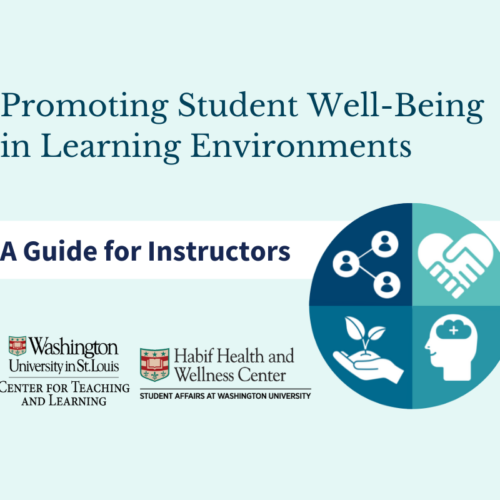Finding Compassion in the Classroom
It’s common for teachers to feel irritated by students’ questions now and again. But what if teachers let compassion, rather than annoyance, guide their actions in the classroom? That’s the premise set forth in a new article in The Chronicle of Higher Education. In the article, James M. Lang, professor of English and head of the D’Amour Center for Teaching Excellence at Assumption College, in Worcester, MA, writes about a teaching experience where he encouraged students to ask one another, instead of him, for help finding feedback on their papers. The students interpreted Lang’s suggestion as a directive not to come to him for help if they had problems viewing the papers. As a result, the students waited a week before they voiced their concerns.
Instead of getting irritated with students, teachers should first frame their response from a place of compassion, Lang writes. “A compassionate answer doesn’t mean I have to do their work for them … It just means my first response should always be an acknowledgement that the human being in front of me has made major sacrifices to be in my classroom,” Lang writes in the article. Tone of voice, gesture, posture, and length of conversation are factors that can create a compassionate classroom.






